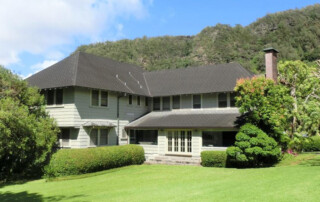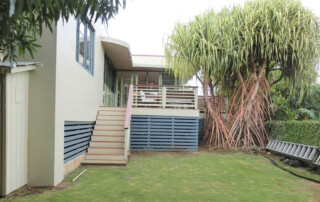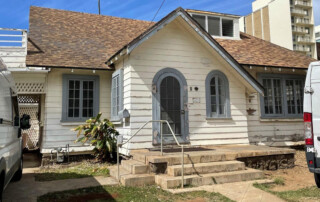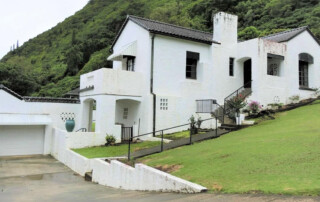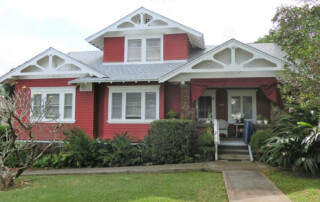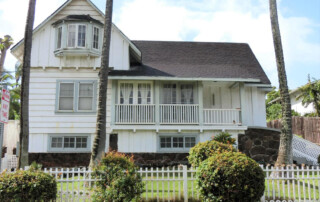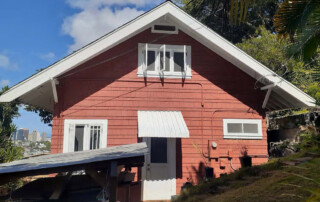68-433 Crozier Drive/ Luther & Addie Hough Beach Cottage, O‘ahu
Address 68-433 Crozier Drive, Waialua, HI 96791 TMK (1) 6-8-004: 027 SHPD Historic Site Number Not Yet Available Abstract Built in 1926, the Luther & Addie Hough Beach Cottage is architecturally significant under Criterion C as a vernacular beach cottage constructed in Hawai‘i utilizing single wall construction methods developed on the Islands’ sugar plantations. Elements typical of the period include vertical tongue and groove walls, canec ceilings, post and pier foundation and use of double hung and sliding windows. The openness of the living spaces and lanai and use of open shelving in the bathroom and kitchen lend an air of simplicity associated with a vacation retreat. The beach cottage is also significant under Criterion A for its associations with the development of the Mokulē‘ia Beach Lots subdivision.



